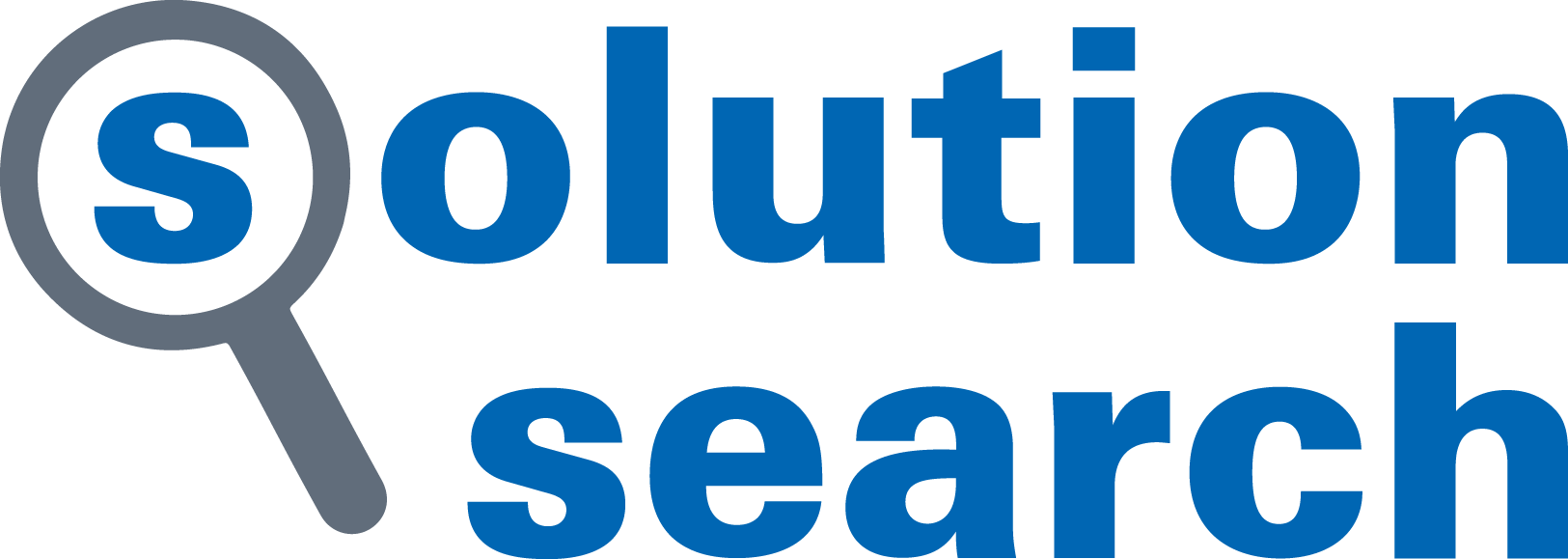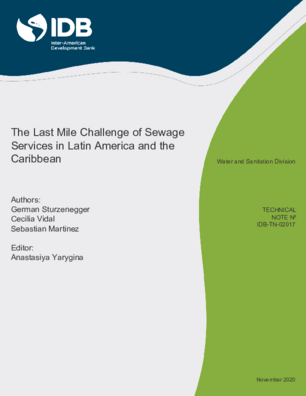Sewage & Wastewater Pollution

What is the problem?
Untreated sewage and wastewater threaten most people, places, and bodies of water worldwide. Globally, 80% of wastewater is discharged into the environment without adequate treatment. This pollution comes with significant environmental, financial, and human costs. Less than 20% of the world’s watersheds have appropriate water quality levels. Annual damages in the ocean from plastic production and waste alone total USD $2.2 trillion. Humans exposed to polluted waters can suffer a range of respiratory, immunologic and neurologic issues. And sewage pollution also compounds the health disparities and inequities already facing underserved communities, including people of color and those less economically or politically advantaged.
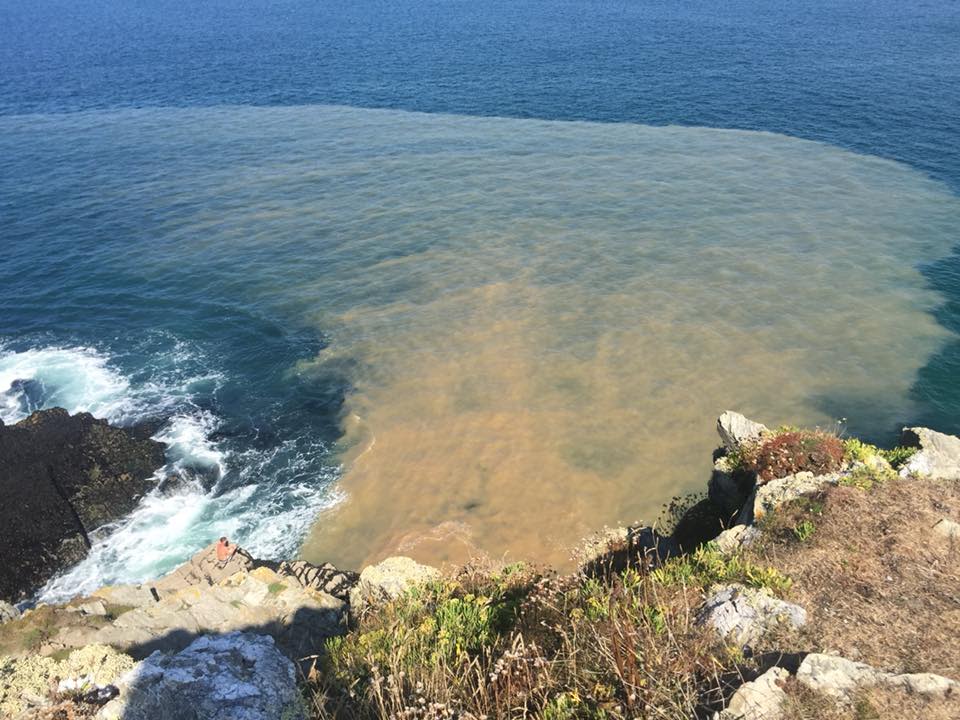
Photo: Surfers Against Sewage
Photo: Surfers Against Sewage

Photo: Surfers Against Sewage
Photo: Surfers Against Sewage
What are some relevant key actors and the behaviors we want to address?
Ocean Sewage Alliance reports that primary causes of sewage pollution include lack of proper and safe sanitation solutions worldwide, illegal dumping, aging infrastructure that leads to spills and leaks, overburdened wastewater treatment plants, and more. Each of these causes involves many actors and behaviors.
Some behavior-actor examples include:
- People use toilet facilities instead of defecating outside
- Drivers who collect sewage and deposit it at a wastewater treatment site
- Government officials invest in repairing aging wastewater treatment infrastructure
- Homeowners replace pit latrines or cesspools with septic systems
- Homeowners connect their sewer pipes with the city/county infrastructure
Photo: Wetlands Work–Floating houses along Sangker River.
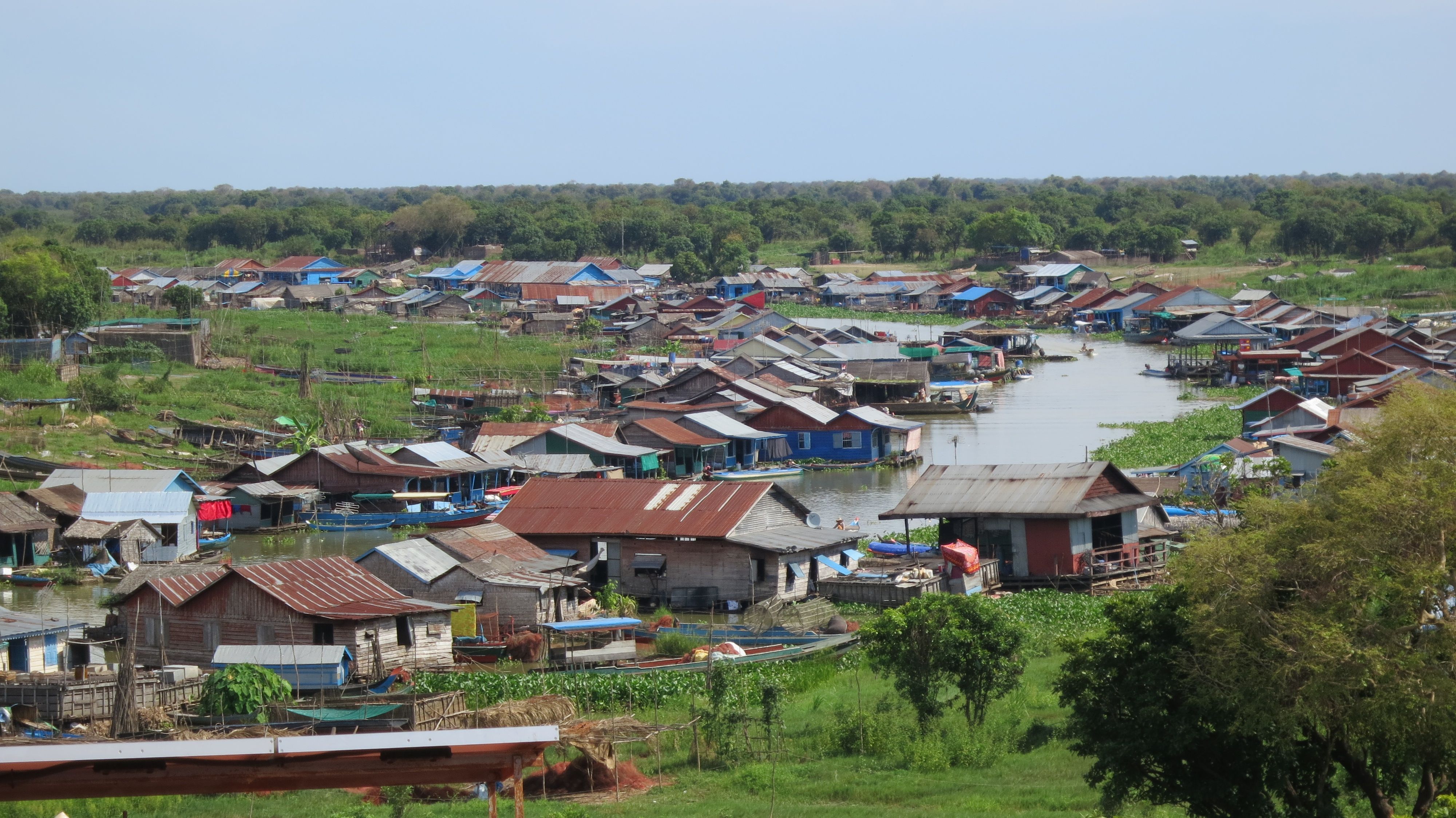
Relevant Insights and Research
Leveraging peer comparisons with social comparisons to reduce pollution
Social comparison is not only effective with consumers and homeowners, but also with organizations or companies. Wastewater treatment dischargers may also change their behavior based on messaging about what their peers are doing. A research study found that peer comparison messages reduced municipal wastewater facility quarterly discharges by 7% on average.
Changing behavior in the wastewater and sanitation sector
Most people have environmental and health concerns about human waste, but this doesn't always translate to behavior. Sometimes, even five years after building sewer infrastructure, less than 20% of homes connect themselves. We need to modify social norms and choice architecture to motivate the full transition. An effort in Brazil brought together condominium inhabitants, engineers, and social workers to develop a new shared identity and increase sewer connectivity to over 90%.
Examples in Action
Wetlands Work Limited, Cambodia
Wetlands Work Limited provides low maintenance wastewater treatment solutions using natural microbial processes. Our original designs improve human health and aquatic ecosystems, create new local jobs and use urine as organic fertilizer and fecal waste as a soil supplement. Our focus is on sanitation in challenging environments where pit latrines and septic tanks are inappropriate usually due to high water, such as floating villages, floodplains, mangroves, sandy beaches, impermeable clay soils and remote ecotourist sites. We have developed a unique simple technology, the HandyPod, and a behavior change program to promote sustainable market-driven scale-up by local people.
Sustainable Organic Integrated Livelihoods (SOIL), Haiti
SOIL’s solution focuses on providing dignified ecological sanitation in vulnerable and underserved urban areas where traditional technologies have failed. SOIL’s innovative program simultaneously addresses the interconnected crises of poor sanitation and environmental degradation by using a circular economy solution that encompasses the full sanitation cycle from household toilet provision, to waste collection, to nutrient recycling and transformation into organic compost for agriculture development and reforestation initiatives.
Surfers Against Sewage, United Kingdom
The Safer Seas Service (SSS) is an innovative mobile app providing real time water quality information direct to the palm of your hand. It allows surfers, swimmers and all water users to find beaches with the best water quality, to avoid pollution and the associated health risks. The app provides vital public health information, and allows users to take action to campaign for cleaner seas.
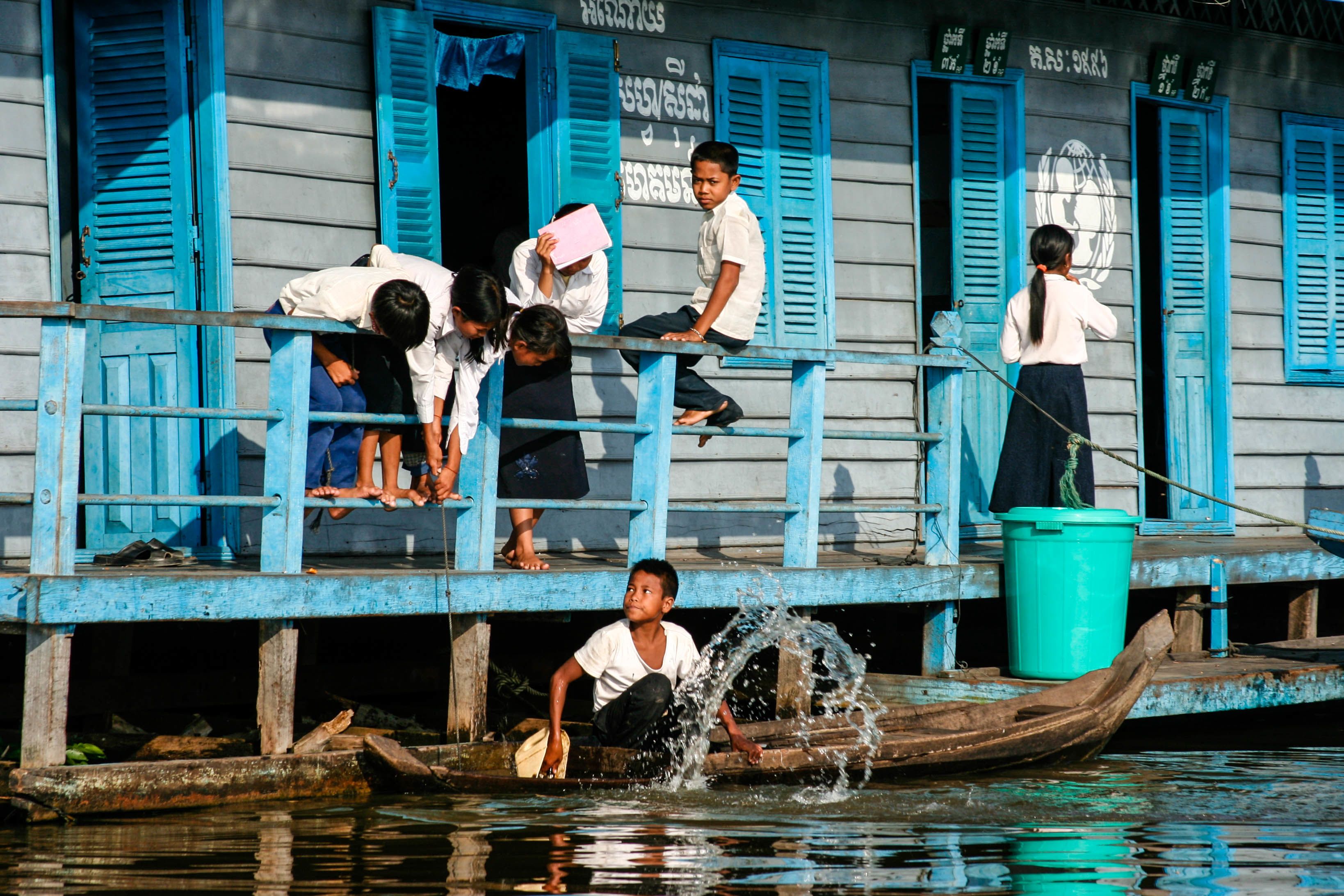


Resources and Other Links

Pollution—in the form of chemicals, pathogens, nutrients, and physical waste—comes from almost all human activities.
Leveraging behavioral insights to solve sewage pollution
The world relies on water. Across every human community and ecosystem, it is one of our most critical resources. Unfortunately, it is also one of our most endangered. Extensive and pervasive pollution throughout our ocean and freshwater systems imperils the global ecosystems and our lives. Sewage is among the most widespread sources of this water pollution challenge. Solving it requires that we seize an untapped opportunity to leverage the power of behavioral science as we design effective interventions. By directing our attention towards these solutions, rather than drawing continued attention to the problem, we will improve our ability to reduce some of the most significant drivers of water pollution.
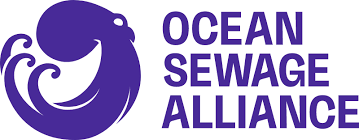
Protecting oceans by re-potty training the world
We're a diverse collective of organizations who have joined forces to tackle sewage and other types of wastewater pollution in our oceans. Think of us as an octopus with many tentacles, working together to address the issue through shared knowledge and action.
The Last Mile Challenge of Sewage Services in Latin America and the Caribbean
While access to sewage infrastructure and pipes is expanding in some parts of the world, not all homes and buildings are connecting. This paper explores the barriers to adoption, identifies relevant behavioral insights and discusses possible solutions.

